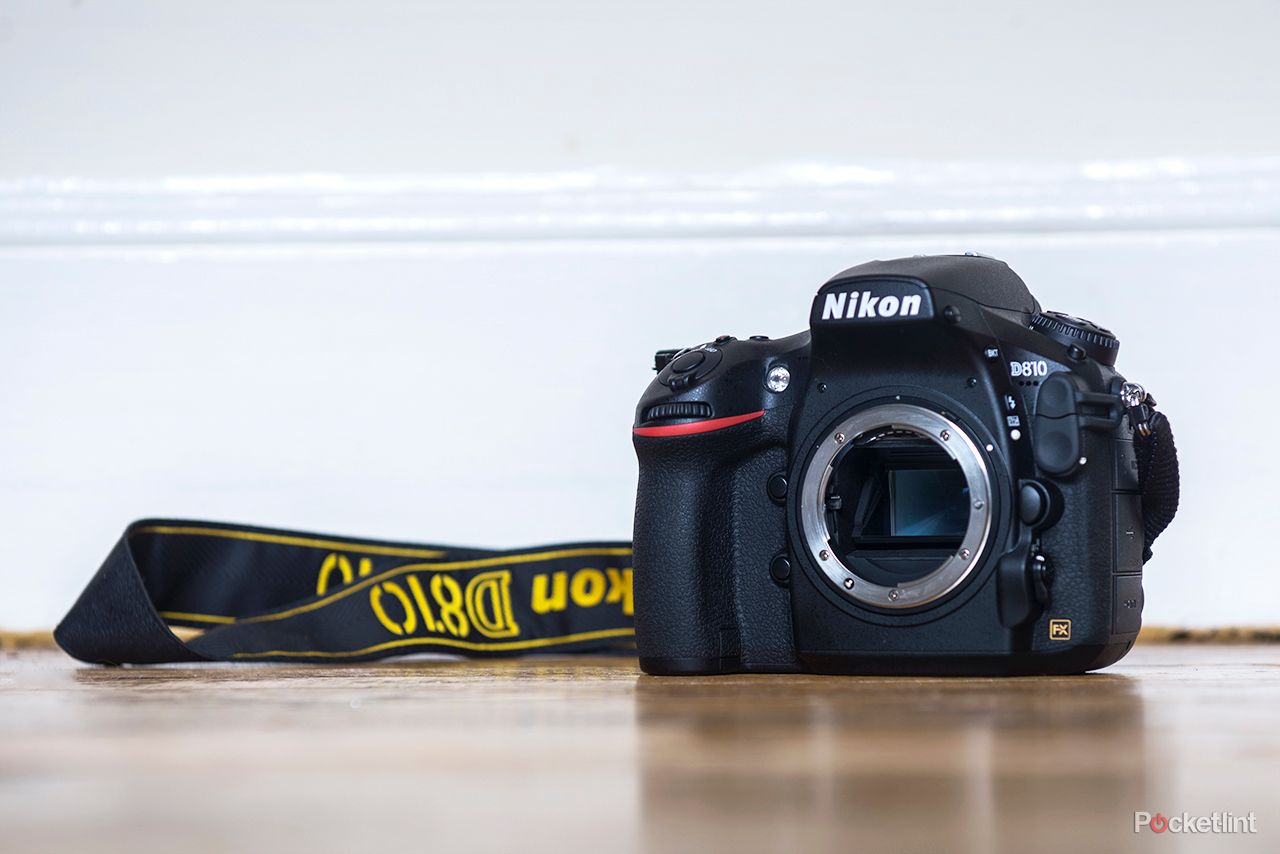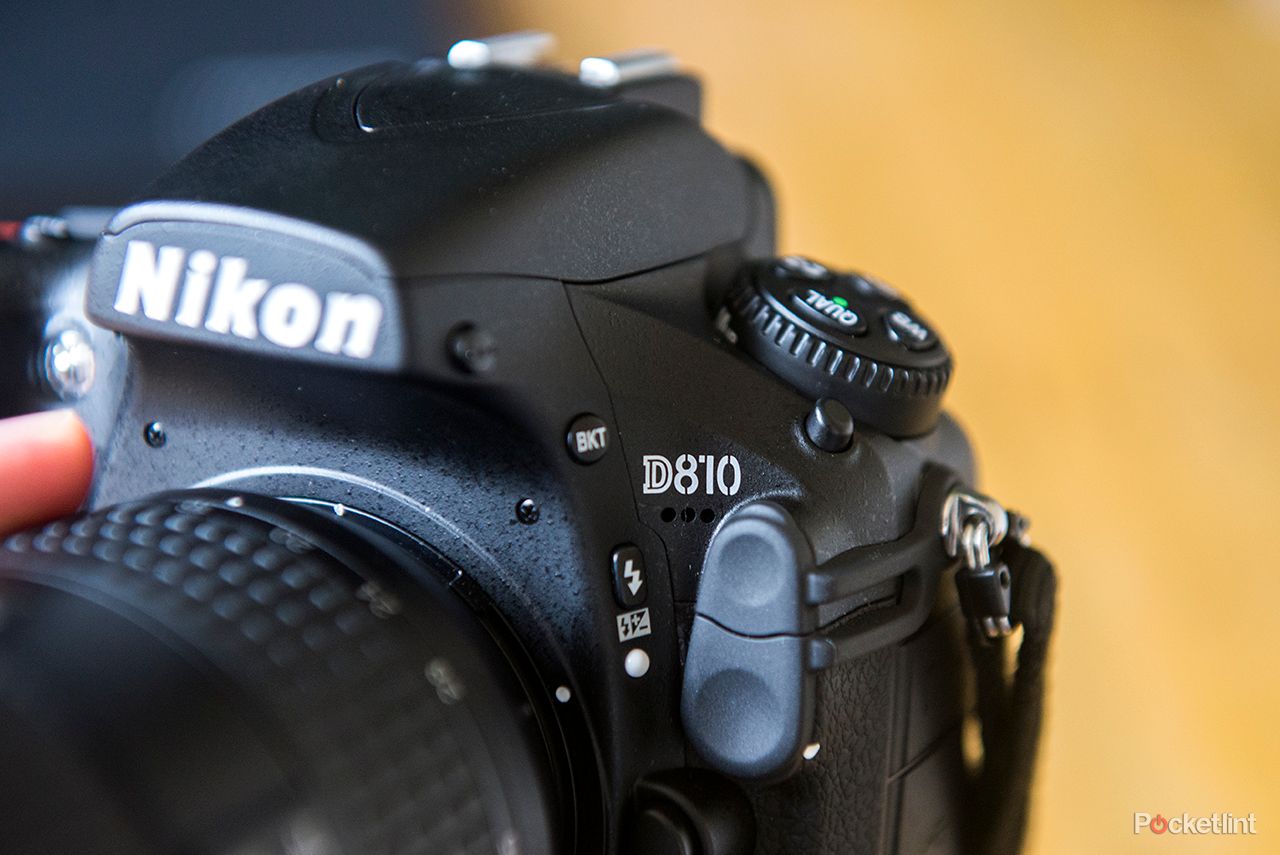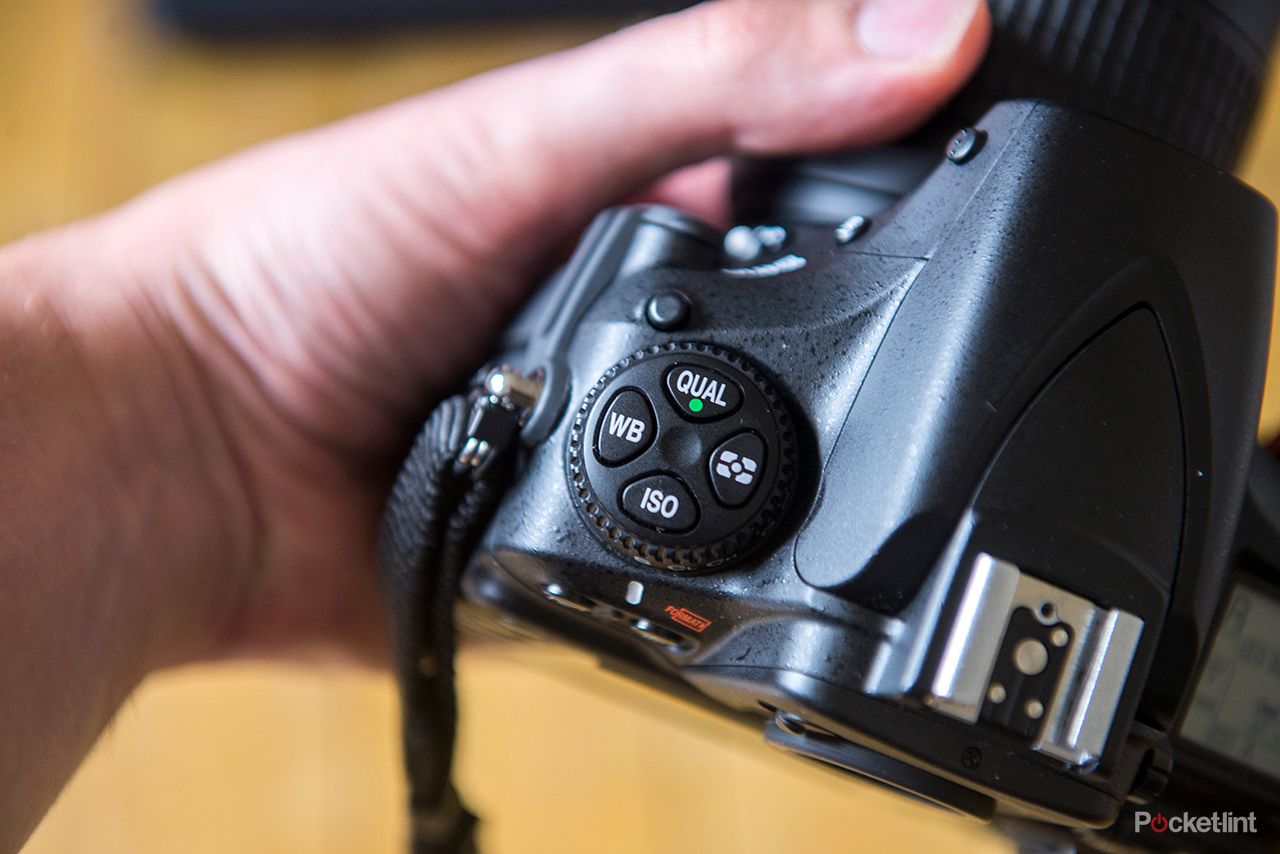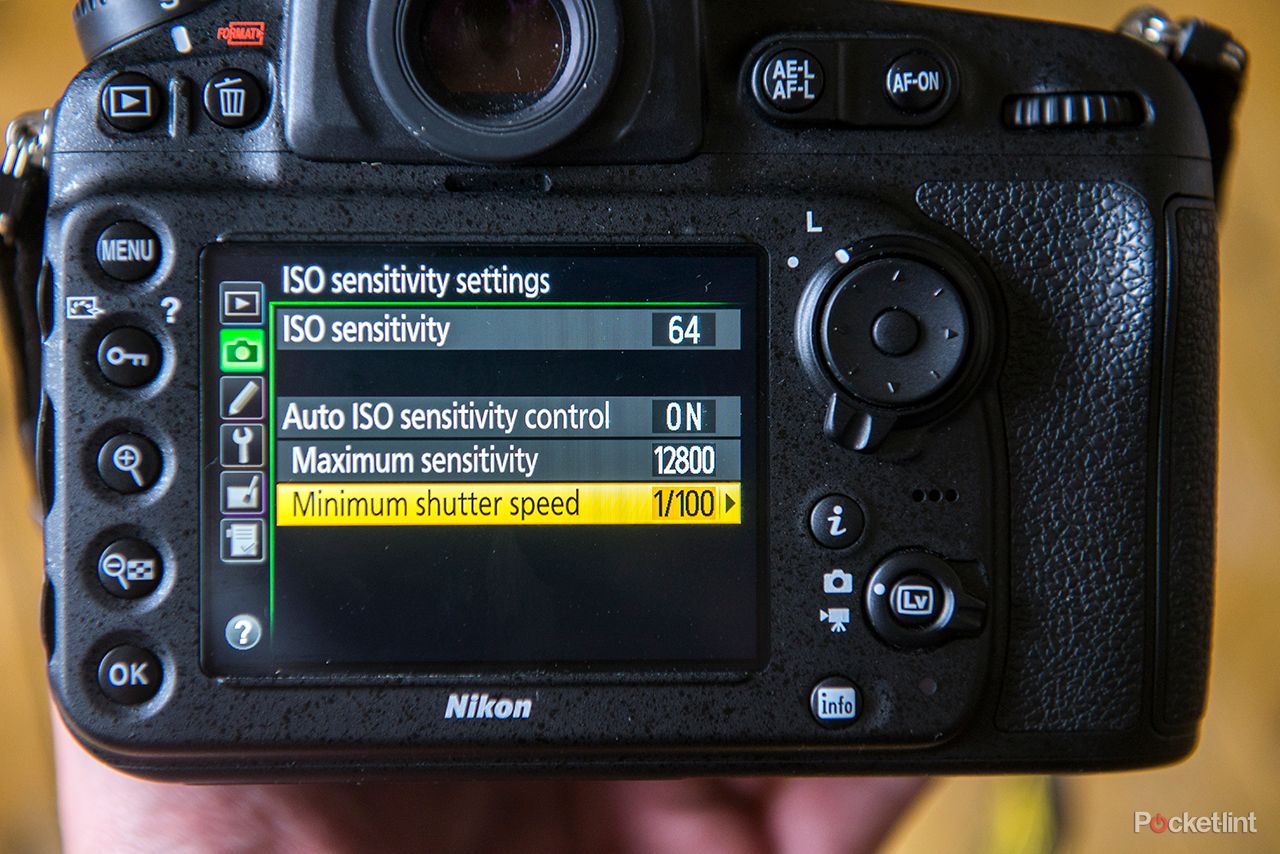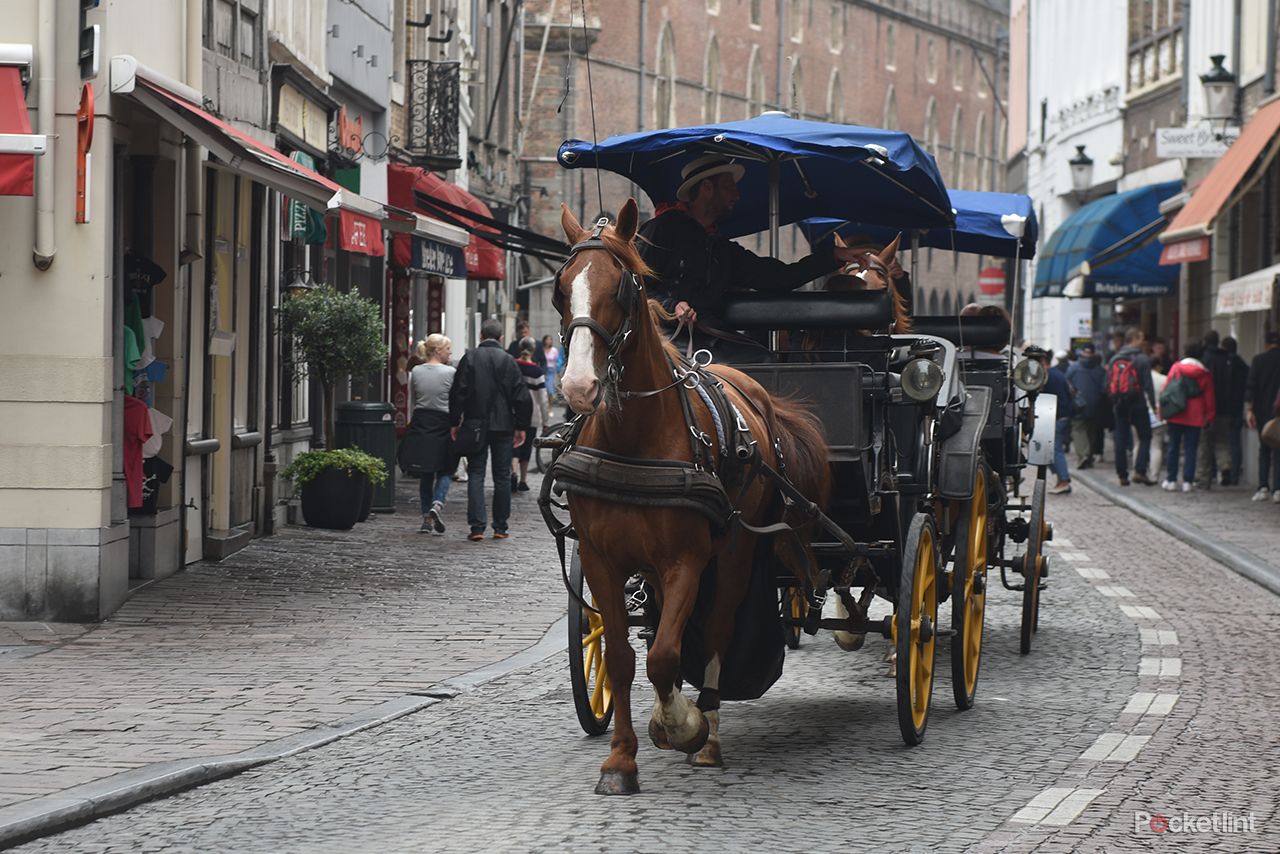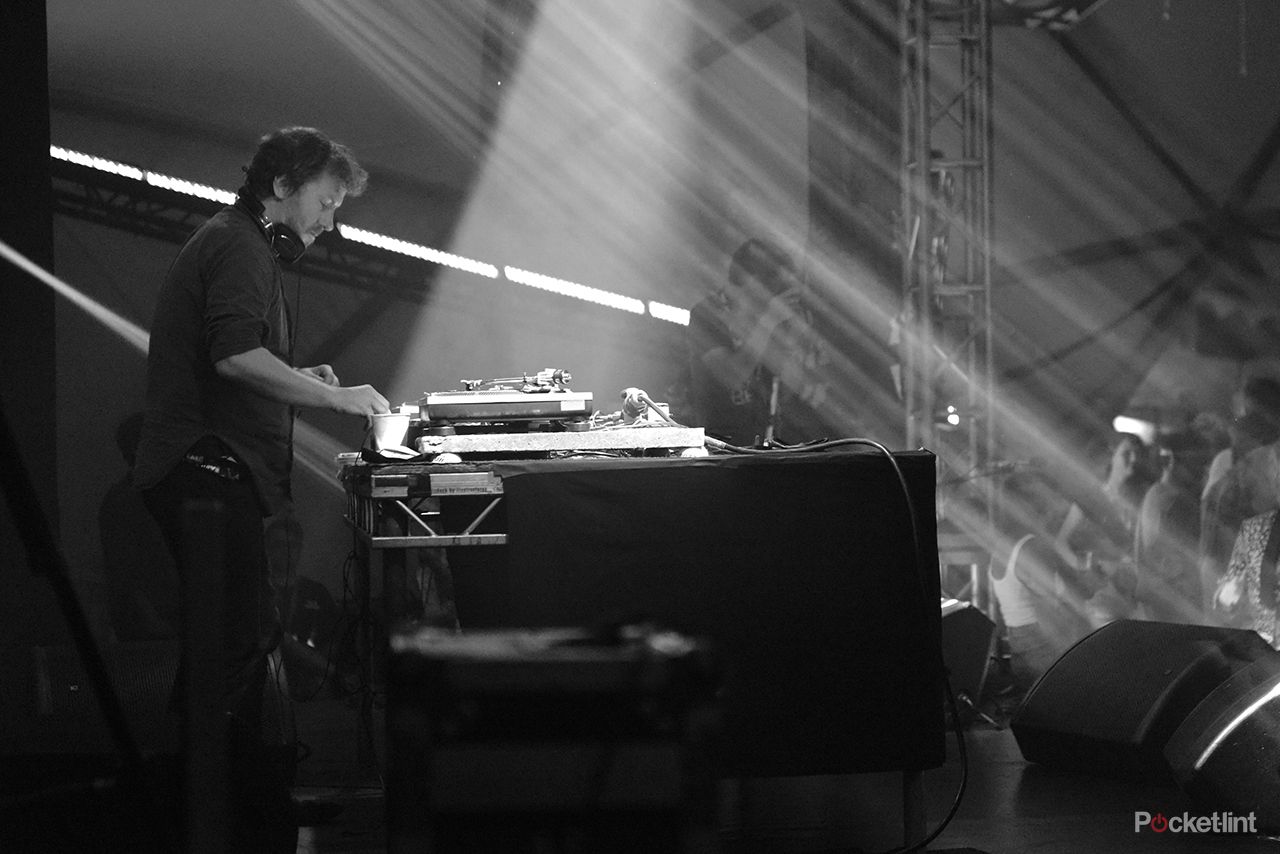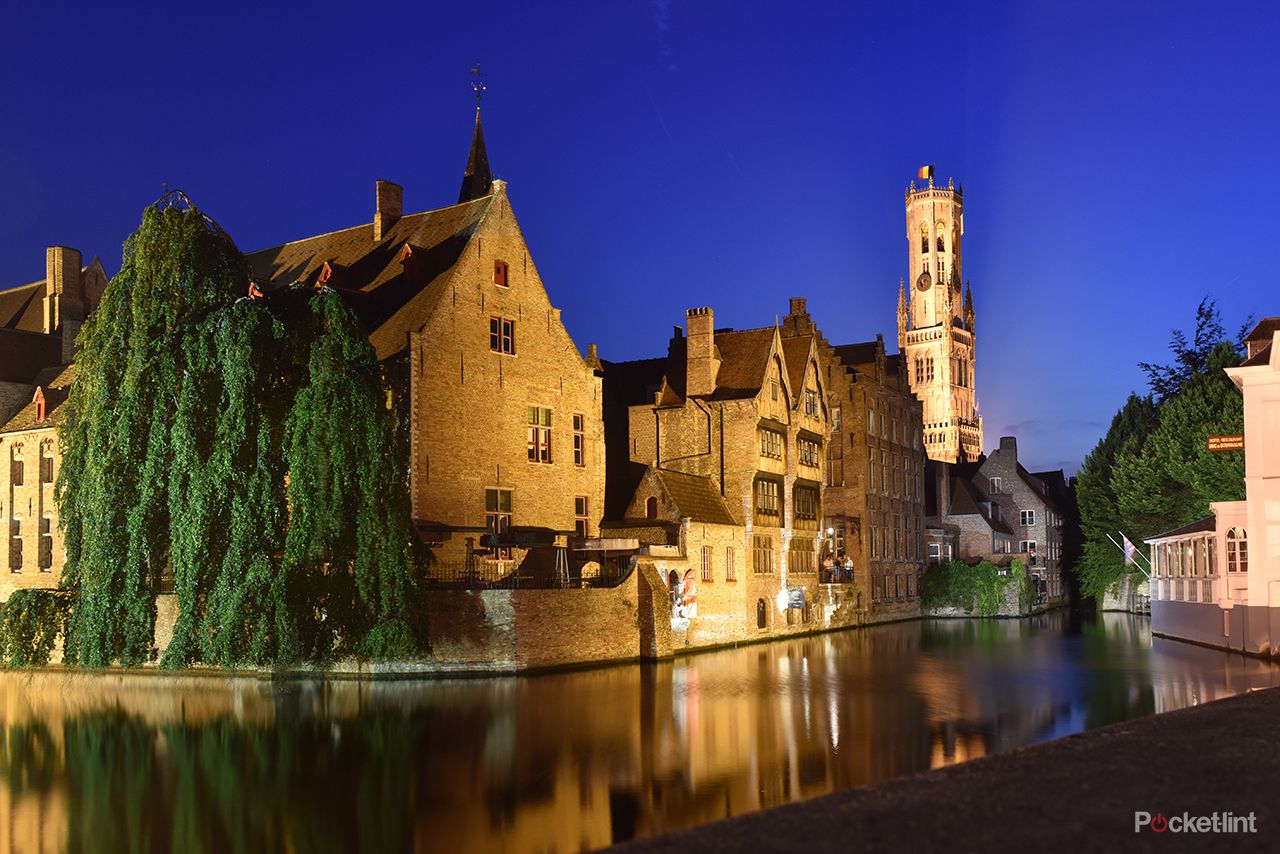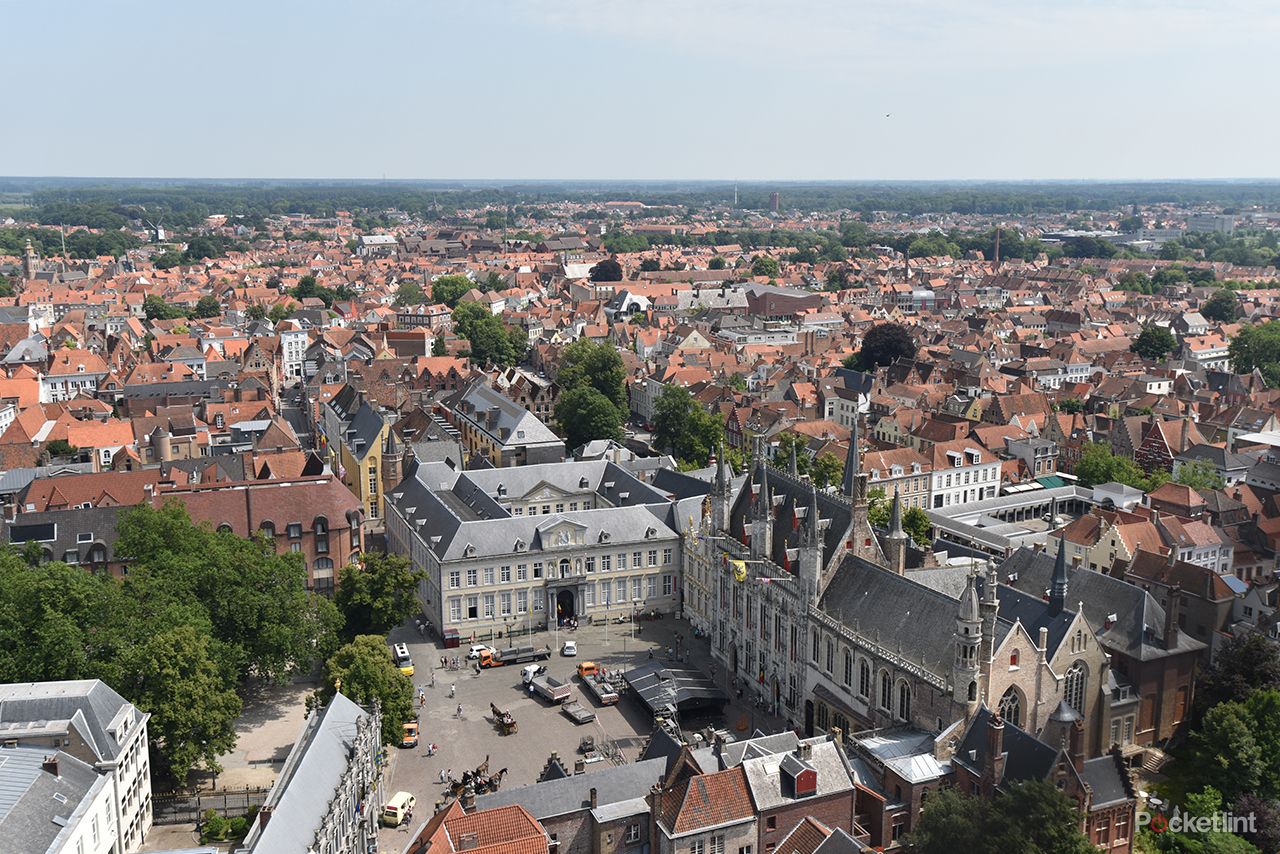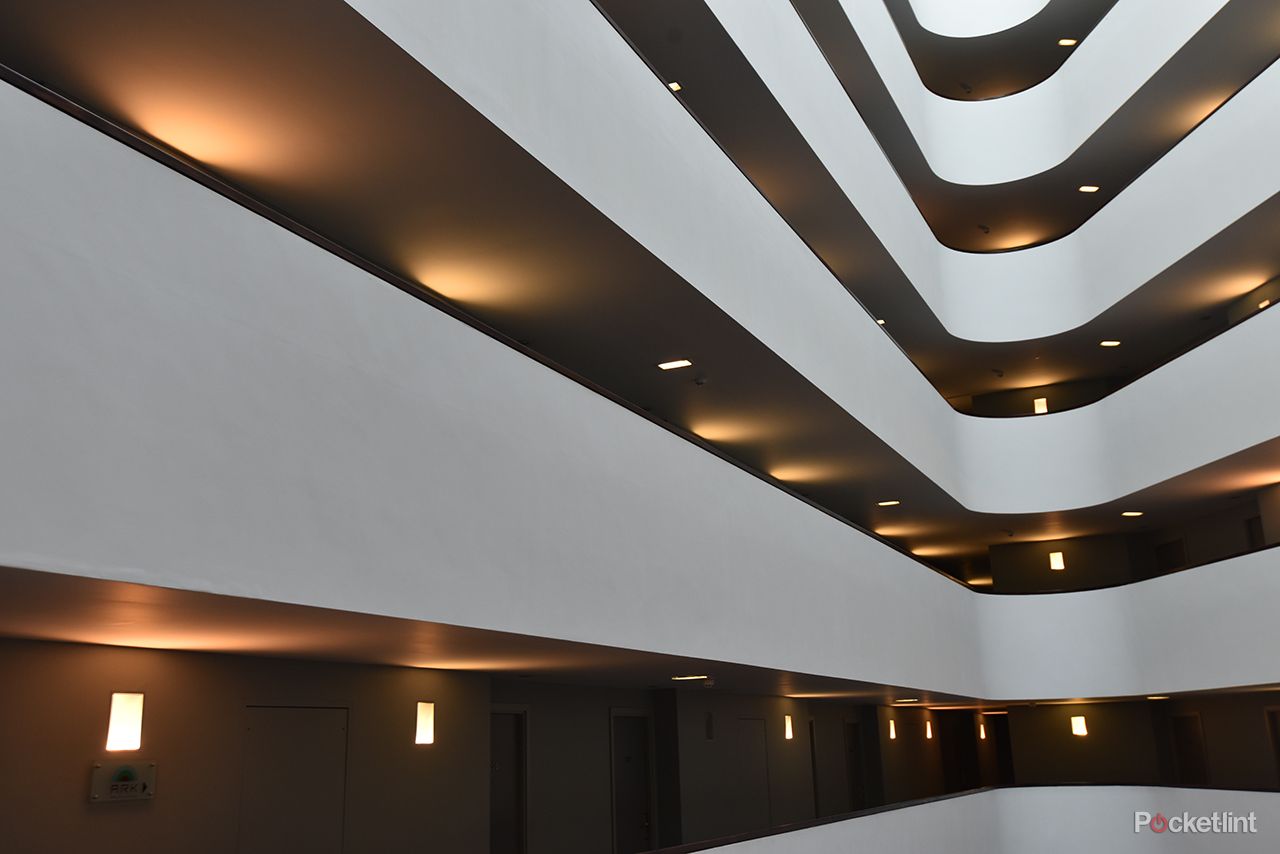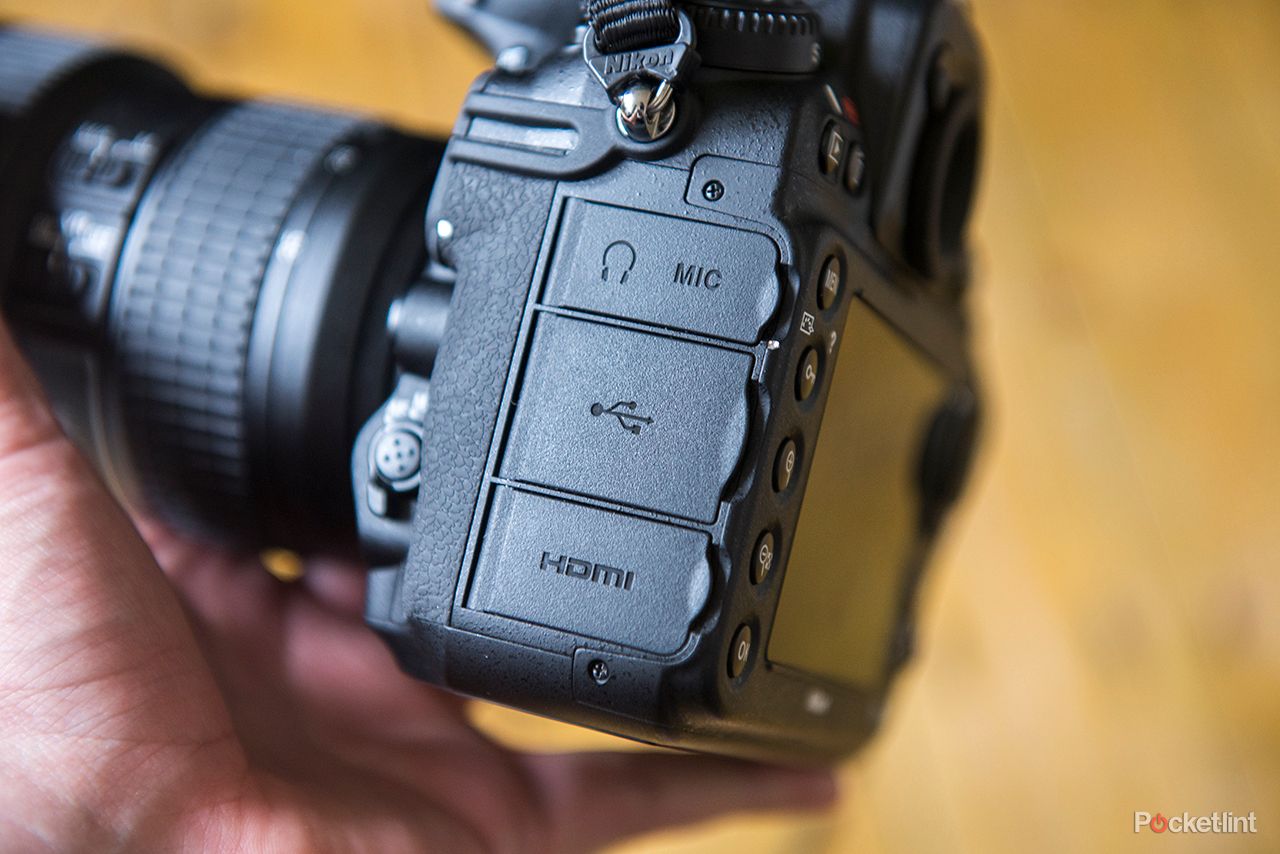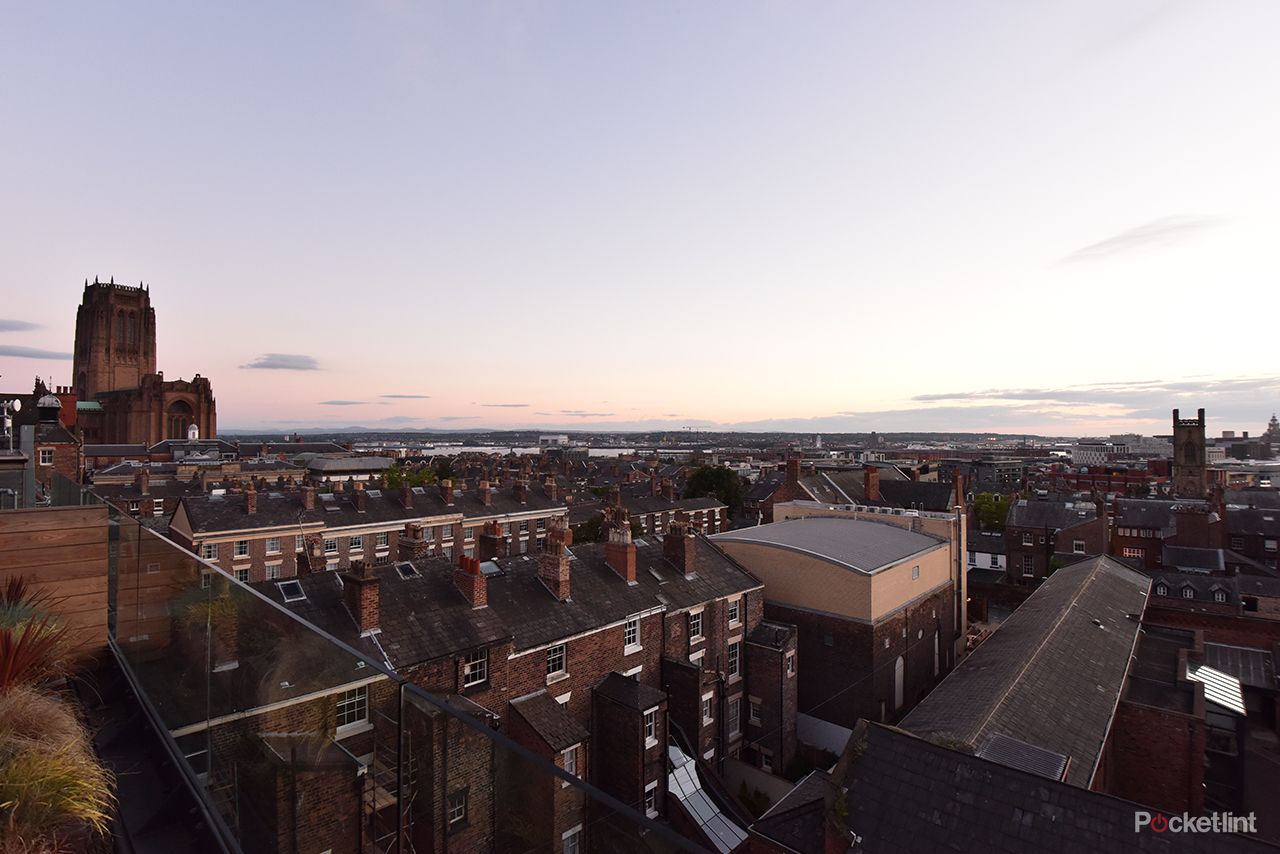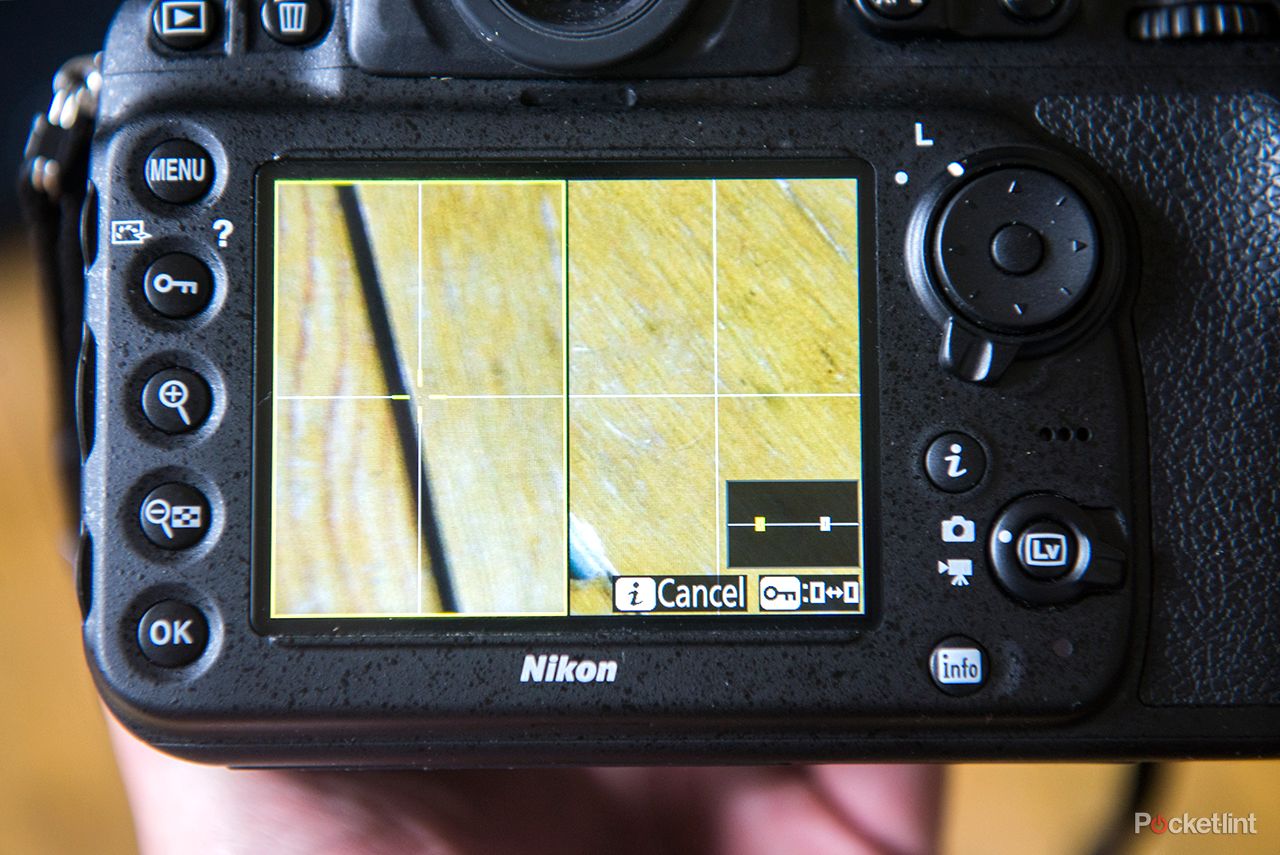Landmark cameras come along every once in a while. In 2012 it was the super-high-resolution Nikon D800 that astounded us. We couldn't quite believe how much this 36.3-megapixel full-frame beast defied our initially doubtful expectations.
Our quick take
Rather than look at the D810 like a small upgrade to the D800, we've been impressed with what this camera can do. So much that we consider it to be Nikon's best DSLR camera.
It might not be as fast as the D4S, the high resolution won't suit all professionals, video capture isn't as advanced as it could be (it's still great though) and we're still questioning the choice of single SD and CF slots. But that small list of minor bumps can't trounce the list of impressive points: the 51-point autofocus system is the best out there in our view, image quality even at this super-high resolution is astounding and the solid build, battery life and raft of features are formidable.
The D810 isn't a camera that will magically make your photography better. It's down to you to make that happen. But as a facilitator it's a tool that has bundles of potential whatever your discipline and chosen subject. Yes it costs £2700 body-only, but in the wider full-frame market that's less than the Canon EOS 5D III body at launch, so it's a fitting bill.
Complex, versatile and always outstanding: that's the Nikon D810 in a nutshell.
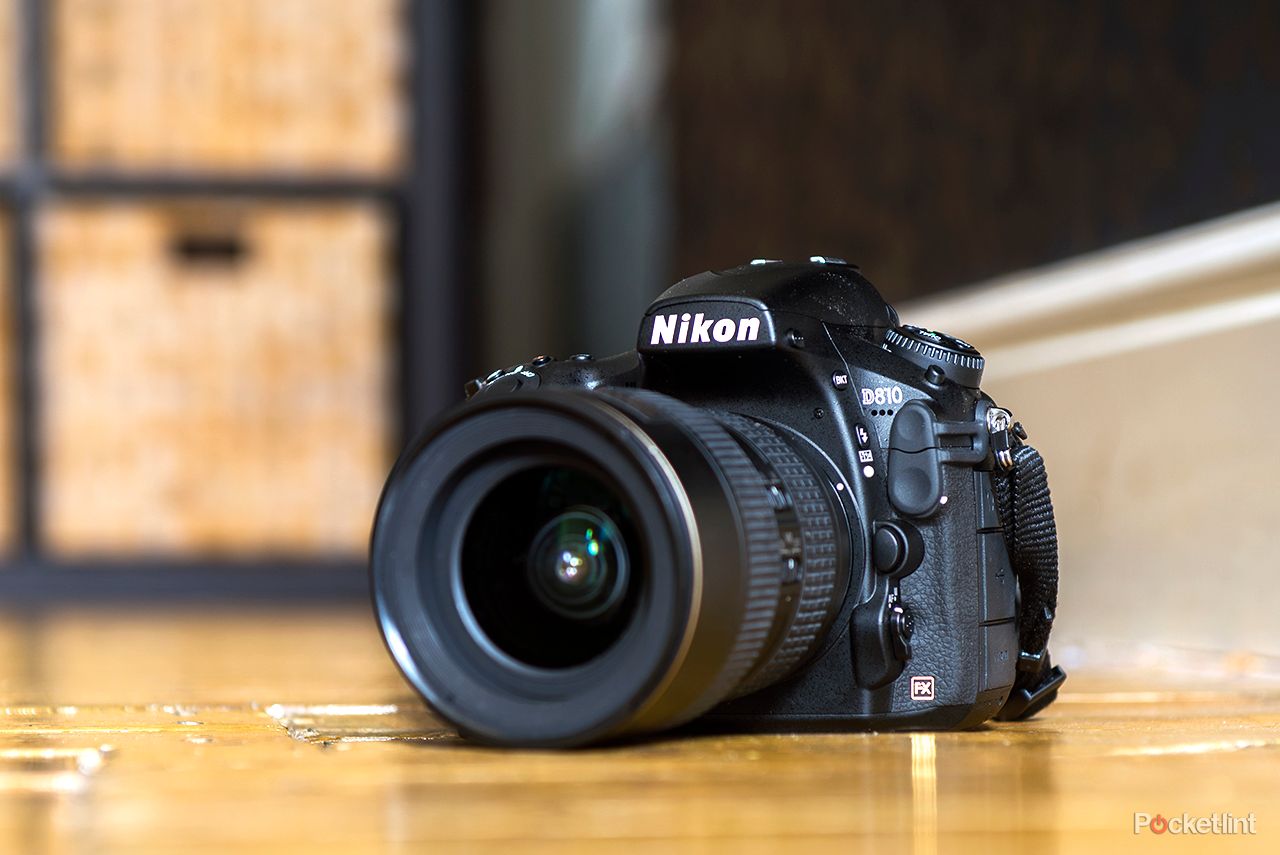
Nikon D810 - 5.0 / 5
| FOR | AGAINST |
|---|---|
|
|
Two years on and it's the turn of the Nikon D810 to step up to the plate, embodying the same resolution but with various technical tweaks promising better results. With expectations already high, does it step up to the mark and truly elevate image quality and performance up a notch?
We've been shooting at The Open Championship, in Bruges and at Womad festival to get a true feel for this full-frame DSLR. Is the D810 Nikon's best ever camera?
What's new?
If you've been thinking about taking the super-high resolution plunge for a while then no doubt the earlier D800 has crossed your mind. Nikon is the only manufacturer to so far venture into such high-resolution ground in terms of DSLR cameras.
READ: Best DSLR cameras
The D810 adds a number of changes, most of which are subtle. If you've used any other Nikon DSLR then the first thing you'll notice is that the D810 has a quieter shutter than any of them due to a new shutter mechanism. There's still a reassuring clack, but it's less of a clatter. And we don't just mean when the camera is in its "Q" (quiet shutter) mode either - it's a constant.
There are other more significant changes that can't be seen, most of which we'll touch upon later in this review. Primary to those is the removal of the optical low-pass filter (OLPF) which means no anti-aliasing and, therefore, sharper images should be a given as a result.
Then there's the sensor: all 36.3-million pixels of it. It's the same full-frame (FX) format as its predecessor and delivers the same 7,360 x 4,912 pixel output per image. That's assuming you're using the full sensor, as there are 1.2x and 1.5x (DX format equivalent) crop modes to magnify the effective focal range (digital zoom, essentially) while outputting lower resolution, and 5:4 ratio is available too. Nothing new in terms of crop and ratio formats, but useful to have when so much resolution is at play.
The next major adjustment is the camera's buffer: the D810 is able to crunch through more images in sequence and its 5fps continuous shooting mode is 25 per cent faster than the earlier D800 mode.
Nikon claims that the camera can shoot unlimited JPEG frames at full resolution until the card is full - but this is only the case if the shutter speed exceeds 4-seconds which may be useful for astrophotographers wanting to shoot consecutive frames on a timer.
Using a 45MB/sec SD card (UHS-I, class 10) we reeled off 117 JPEG Fine shots before a slowdown. Throw raw into the mix and we were shooting 17 raw & JPEG Fine shots at 5fps before the buffer called it a day. Far better performance than before, though, particularly when the average JPEG Fine shot is 17MB and raw file 45MB - that means in those 3.4-seconds over a gigabyte of data is funnelled into the buffer.
The pairing of sensor with the latest Expeed processing engine also means greater speed and processing grunt. The D810 offers sensitivity from ISO 64 through to ISO 12,800, plus ISO 32-51,800 extended options (with less dynamic range and, at the upper end of the scale, horrendous image noise issues).
Design
Other new features arrive in the D810's form. If you're new to a DSLR then all you really need to know is that Nikon has got the general layout and operation down to a T. It's a big camera, the body weighing just shy of a kilogram. Pop a big lens on the front and it's a lot more - but then anyone using full-frame won't be anticipating the smallest or lightest experience. We don't mind; there's something reassuring about this big chunk of weather-sealed magnesium alloy.
Long-time D800 users will notice the reformed grip, the new "i" button on the rear for a quick menu display, a textured finish to the focus mode button, and other subtleties such as the bracketing opting moving from the quad of quick access buttons to the top left and being replaced with metering instead.
Just like with the D800 that large circular viewfinder provides a large 100 per cent field of view and is comfortable against the eye. This time around the rear 3.2-inch LCD gets a spec boost - it's not 1229k-dot rather than 921k-dot - but that's due to the addition of a white dot layer, rather than a bump in resolution. That doesn't stop reflections happening in the outside world - that's a given - but we did find a clarity to reviewing the D810's images.
We particularly like some of the small features. How the review magnification feature - activated using the plus and minus keys to the right of the rear - turns the zoom-in bar green to represent 100 per cent scale, for example. That's a definite helping hand when shooting at this resolution, and it's well worth checking sharpness during shooting to ensure you've got everything spot on.
Learning curve
The D810 isn't a camera for the feint hearted. It's easy to use - and will feel familiar to any current Nikon user - but to get the best results from it you're going to need to invest in the upper ends of Nikon's lens range and, unless you're used to 36-million pixels, more than likely up the shutter speed too.
That's the first major thing that we took away from our D810 experience. Snapping golfers on the greens with a first-gen 80-400mm f/4.5-5.6 (IF-ED VR) lens attached to the front quickly showed us how an ageing image stabilisation system and - our fault - poorly considered minimum shutter speed cap could lead to blurry images.
But it was a learning experience. Switching out to the current generation 24-70mmmm f/2.8 and all was well, so long as the minimum shutter speed is pushed beyond where you might expect. Our preferred cap with the Nikon D4S of 1/50th second often wasn't sufficient with the D810 as the huge resolution amplifies any movement issues, however subtle.
Nikon D810 review - sample image at ISO 800 - click for 100 per cent raw crop
Learning curve grasped, we made some adjustments to compensate and the shots we were getting from the 16-35mm f/4 and 24-70mm f/2.8 were excellent and packed full of detail. That typically meant the new low ISO sensitivities were out of bounds as we would default set the base Auto ISO to ISO 200 to give a little push to the shutter speed in all conditions.
Familiar features
Otherwise the D810 performs just like you would expect a top-spec DSLR should. The same 51-point autofocus system as featured in the D4S shows face - and we reviewed that top-of-the-line camera we thought it was the best autofocus system that we'd ever used.
Nikon D810 review - sample image at ISO 64 - click for 100 per cent JPEG crop
Pop the D810 into continuous autofocus AF-C mode and it's very impressive with its 3D tracking option. Shooting horse-drawn carts in Bruge was no issue, with crisp results from the 24-70mm f/2.8. And because of that huge resolution even heavy cropping after the fact has little impact on overall quality. It's a huge canvas to play with.
The 51-point arrangement is the same as the D4S, which does mean a somewhat centralised arrangement, although the left-right (up-down in portrait orientation) coverage is ample for the majority of shoots whichever mode you choose: dynamic 5-, 9-, 21- and 51-point options are available and all are super-fast.
The system is also sensitive to -2EV, so we've found low-light capture to be no problem, even though with this kind of resolution our hand-held ISO 12,800 shots aren't ones we're particularly keen on using at a pronounced scale.
Nikon D810 review - sample image at ISO 12,800 - click for 100 per cent JPEG crop
Another recent feature is the group autofocus mode which bunches together five AF points. In this mode the centre point remains transparent while the surrounding four are illuminated in red. You can use the rear thumbpad to reposition this grouping across the given 51-point array, making it a useful guide to encircle a subject you are tracking while ensuring your eye can always remain on the target.
Image quality
When we reviewed the Nikon D800 was thought it "would take a hard heart indeed not to fall in love with the image quality". With the D810 the results are even better so we're even more head over heels about it.
READ: Nikon D800 review
We've not been taking comparative photos between the two cameras, so our observations - just like those of any real-world user - are based on our usage with both cameras over time. We're not talking about a giant boost in overall image noise reduction - it's small in our view - but it's the extra touch of sharpness that elevates the camera to the next level. Not to the point that the D810 could replace the D800E, but for a brand new user the latest model will deliver in droves.
Nikon D810 review - sample image at ISO 400 - click for 100 per cent JPEG crop
It's not all just led by the results either. When taking long exposures in Bruges at night, for example, the 10-second exposure time was processed in a flash - no additional waiting time required before the preview was visible and we were able to take a second frame.
But that's not to dumb down the results, because the D810 is nothing short of exceptional in our view. The huge resolution was always a concern with the earlier D800, but it proved its worth and does so again here: there's so much detail in these huge images that the lower ISO sensitivities are approaching medium format for a fraction of the price.
Nikon D810 review - sample image at ISO 200 - click for 100 per cent JPEG crop
The inclusion of ISO 64 is something we doubted would ever occur on a DSLR, but we're pleased to see its presence here. It's not a setting we dashed to use often, as the difference between it and ISO 100-200 is relatively negligible. All of them look incredible, full of no visible image noise and stacks of clarity.
With aperture priority firmly selected as our go-to option we've been shooting throughout the ISO range set to Auto ISO. Despite the huge resolution we would happily use shots right into four figure sensitivities as the resulting images noise is well controlled in JPEG shots.
To be hyper critical there is some visible grain and image noise from lower down the range, including some shots at ISO 560 showing some grain in shadow detail areas. An ISO 800 shot in a beer cellar shows a touch more image noise in these mid-shadow areas and similar levels of textured grain, but at this scale it's still of little consequence to final quality.
Nikon D810 review - sample image at ISO 560 - click for 100 per cent raw crop
As you move up the range the quality quickly begins to falter, but in saying that even ISO 12,800 is capable to render detail in brickwork and the like. The "Hi" settings are less impressive, and we wouldn't advise anyone to shoot at ISO 51,200 - but it's there if you fancy going a off the rails anyway.
The other obvious factor to image quality is the depth of field. As with any full-frame camera the pro-looking blurred background effect is enhanced compared to smaller sensor counterparts, and coupled with wide aperture lenses it makes for some impressive shallow depth of field opportunities. Or if that's not what you're after then stop down and front-to-back detail is still within reach. That's what makes the D810 great for studio shots, portraits and controlled set ups, plus outdoor architectural and landscape work. It's a versatile machine, particularly once you've begun to learn its nuances.
Video boost, but not 4K
One omission from the spec sheet is no 4K video. Given the camera can buffer around 1GB, it seems conservative to the max that a 17-second 1080p clip we shot totalled 82MB. We have no doubt that the D810 could be made to shoot 4K video on its current hardware, our deduction is that it's either down to overheating issues or, more likely, that a D810V will surface capable of more on the video front, but with a larger price tag. That's entirely speculation for now, of course.
With the Panasonic Lumix GH4 already on the market, though, is Nikon - the company that was the first to introduce such a feature to the DSLR market - shying away from the format?
READ: Panasonic Lumix GH4 review
Not really: the D810's 1920 x 1080 resolution footage that we did capture looks great and is now available at up to 60 frames per second, rather than just 30 as with the D800. Rich with detail just as we would expect, there are still the options for true 24p capture if you want that cinematic look.
Just as the D800 offered, the D810 offers a clean HDMI output so you can bypass the limitations of the H.264 MOV compression and capture glorious quality to on off-camera recorder. It's not something we've done ourselves, but will be a selling point to many, as shooting with a DSLR handheld is a tricky business anyway.
That card-bypass will be an essential for some, too, particularly as the D810 has one SD card slot and one CF card slot. We find this really frustrating: we'd like to see twin slots, or even more given the huge still image files sizes. Add video on top of that and you'll quickly fill up even a large card.
Nikon D810 review - sample image at ISO 2000 - click for 100 per cent JPEG crop
In addition to all the manual options you could want, there's also a 3.5mm mic jack for recording audio, and a 3.5mm headphone jack for monitoring. So whether you have point-and-shoot aspirations or are looking to connect the D810 to a rig it has plenty to offer and its results are great from what we've seen. Even if they do miss the 4K mark, which will be seen as an oddity to many.
Battery and quirks
We've been shooting day in, day out with the D810 and even after the first three days of use - adding up to 600 shots - the five-section battery display showed two remaining sections of power. Fitting for the 1200 shots per charge quotation. Since then we charged the battery again for our second weekend of shooting, where the battery life remained strong.
We can't close this review without also touching on some other cool features the D810 has introduced. In addition to the usual JPEG and 14-bit raw formats, the camera also offers a 12-bit raw small format to keep the size down, should it suit, or shoot Tiff files direct in camera.
More impressive is the split screen focus mode in live view. Now, the D810's live view is still poor when used in autofocus mode as it's far slower than a compact system camera, but with a resolution such as this a number of photographers will be using the D810 for architectural work. Paired with a tilt-shift lens getting focus spot on can be tricky, and short of getting a loupe out and hiding under a black-out curtain - ill-effective in digital photography, of course - the new dual focus display on the rear screen helps to tighten things up. Two focus areas across a horizontal line can be moved independently and zooming in for greater precision is also possible. Rotate the camera and the line becomes vertical in portrait orientation, though, as there's no in-between options, nor is highlight peaking effective in this mode - so there are limitations and we think the two points should be entirely independent rather than on a fixed line.
Lastly there's the spotlight exposure mode, which is entirely new for Nikon. Designed to be used in conjunction with studio spotlights, it will appeal to studio photographers - although given how much control there already is over centre-weighted exposure point size and manual control, its use will be best realised by those shooting with lighting.

